Mauro Cristofani was a linguist and researcher in Etruscan studies.
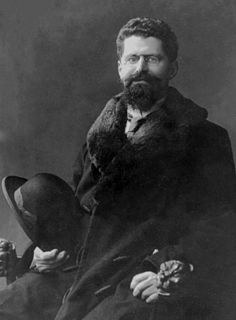
Francesco Severi was an Italian mathematician.
The Consiglio Nazionale delle Ricerche (CNR) or National Research Council, is the largest research council in Italy. As a public organisation, its remit is to support scientific and technological research. Its headquarters are in Rome.
The Istituto di Radioastronomia di Bologna is one of the Italian institutes that had already been part of the Consiglio Nazionale delle Ricerche, now part of the Istituto Nazionale di Astrofisica.
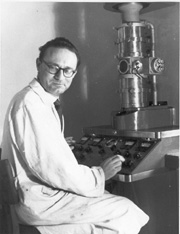
Mario Ageno is considered one of Italy's most important biophysicists.
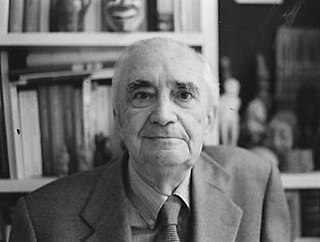
Virgilio Tosi is an Italian documentary filmmaker and historian of early film.

Zdeněk Neubauer was a Czech philosopher and biologist, remarkable especially for original interpretations in science history and epistemology.
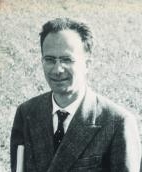
Guido Zappa was an Italian mathematician and a noted group theorist: his other main research interests were geometry and also the history of mathematics. Zappa was particularly known for some examples of algebraic curves that strongly influenced the ideas of Francesco Severi.
Claudio Barigozzi was an Italian biologist and geneticist.
Paolo Malanima is an Italian economic historian and director of the Institute of Studies on Mediterranean Societies in Naples. Malanima's main research interests are long-term developments in economic history, particularly the performance of the Italian economy since Classical antiquity, history of energy and global history.
Clelia Giacobini was an Italian microbiologist, and also a pioneer of microbiology applied to conservation-restoration.
Eduardo Renato Caianiello was an Italian physicist. He was born in Naples on June 25, 1921. He died in Naples on October 22, 1993. He contributed to scientific research, especially quantum theory and cybernetics. He was also a pioneer in the theory of neural networks. His Caianiello's equation formalized the theory of Hebbian learning.
Agostino Cilardo, was an Italian professor, Arabist and specialist in islamic studies.

The Istituto Nazionale di Alta Matematica Francesco Severi, abbreviated as INdAM, is a government created non-profit research institution whose principal purpose is to promote research in the field of mathematics and its applications and the diffusion of higher mathematical education in Italy. Its founder and first president, later nominated life president, was Francesco Severi, who exerted also a major influence on the creation of the institute.
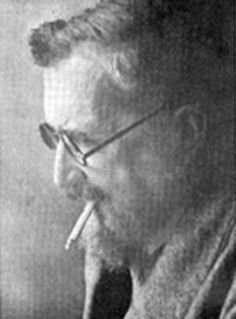
Bernardino Gaetano Scorza was an Italian mathematician working in algebraic geometry, whose work inspired the theory of Scorza varieties.
The Journal of Cultural Heritage is a bimonthly peer-reviewed academic journal covering all aspects of cultural heritage. It was established in 2000 and is published by Elsevier. The editor-in-chief is P.A. Vigato. According to the Journal Citation Reports, the journal has a 2013 impact factor of 1.111.
The Istituto per le Applicazioni del Calcolo Mauro Picone, abbreviated IAC, is an applied mathematics institute, part of the Consiglio Nazionale delle Ricerche. It was founded in 1927 as a private research institute by Mauro Picone, and as such it is considered the first applied and computational mathematics institute of such kind ever founded.
Giampaolo Vettolani is an Italian astrophysicist and the scientific director of The National Institute for Astrophysics (INAF) in Rome.









